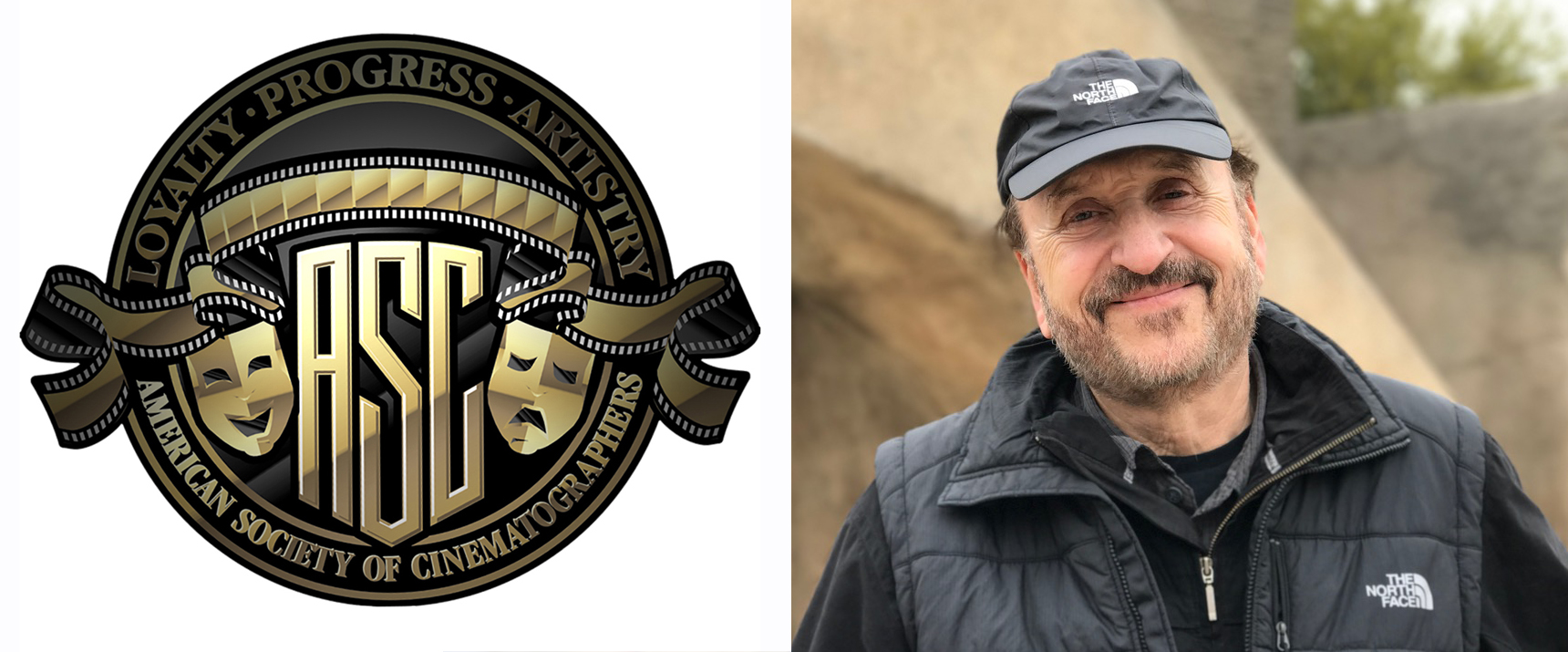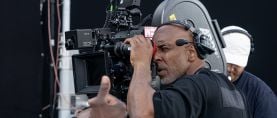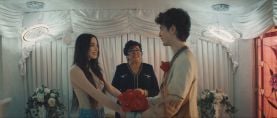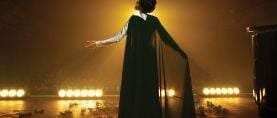
ASC Close-Up: Mikael Salomon, ASC, DFF
“The world was a lot smaller three decades ago, and the thought of ‘making it in Hollywood’ did not even occur to me. It was unreal.”
When you were a child, what film made the strongest impression on you?
My dad, who was a film buff, took me to the opening of 2001: A Space Odyssey at Leicester Square in London. It blew me away.
Which cinematographers, past or present, do you most admire?
So many — Freddie Young, BSC (my idol, who became a friend); Leon Shamroy, ASC; Raoul Coutard, AFC; John Alcott, BSC; Peter Biziou, BSC; Vittorio Storaro, ASC, AIC; Michael Seresin, BSC and Ben Seresin, ASC, BSC; Roger Deakins, ASC, BSC; Phedon Papamichael, ASC, GSC; Emmanuel Lubezki, ASC, AMC; Thierry Arbogast, AFC; and Caleb Deschanel, ASC.
What sparked your interest in photography?
Since 8mm wasn’t around when I was little, my father — who was one of a few people shooting home movies — used a little-known French format: 9.5mm. Look it up; the frame is close to the size of 16mm, but there’s only one perf per frame, right in the center of the frameline! I got to play around with the camera, pretend-filming and eventually using it for real. I still have his 9.5mm Pathé camera, and you will be able to see it soon in the ASC Museum collection.
Where did you train and/or study?
While still in school, I read everything about cinematography and lighting I could lay my hands on — it wasn’t much at the time. I also did freelance press photos while in school and had my own black-and-white lab in the basement of our house. I learned much about emulsions and cameras by shooting industrials, agricultural and training films — always challenged by the lack of portable generators and movie lights, and working with film speeds from 16 to 25 ASA! There was no film school in Denmark where I grew up, but I did a brief stint as a cinematography teacher when the National Film School of Denmark eventually opened.
Who were your early teachers or mentors?
When I started out in Denmark, most folks had no idea what a cinematographer did. The local film production was mainly folksy comedies, and the directors of these movies became my mentors. Interestingly, many of the directors I worked for were women, a fact that no one found noteworthy or remarkable. At the time, it was par for the course.
What are some of your key artistic influences?
I’ve always been a student of light — be it in photography, paint-ings, movies or real life. The old masters would have made phenomenal DPs!
How did you get your first break in the business?
Early on I got to shoot a 35mm black-and-white short film for an up-and-coming Danish multi-media artist. It was well-received, and the director was offered a feature to direct. She asked me to shoot it and prevailed in hiring me despite the studio’s objections: ‘He’s only a kid!’
What has been your most satisfying moment on a project?
So many that I can’t count them. We’re in a business where, at the end of a job, we have something tangible to show for our efforts. Not many other professions can say that.
Have you made any memorable blunders?
Many — none that I care to remember!
What is the best professional advice you’ve ever received?
‘Work begets work’; ‘play into your strengths’; ‘if they pigeonhole you, it’s not the worst that can happen.’
What recent books, films or artworks have inspired you?
The novel Music and Silence, which is set at the Danish court in 1629. Also, The Painted Bird, a gripping and horrifying Czech black-and-white movie set during World War II.
Do you have any favorite genres, or genres you would like to try?
The first feature I shot as a DP was a musical. Music and movies are a match made in heaven, and I’d love to do another.
If you weren’t a cinematographer, what might you be doing instead?
Architect or chef. My decision to take up directing came after working with brilliant directors who were such an inspiration.
Which ASC cinematographers recommended you for membership?
Jack Cooperman; Leonard J. South; Howard Schwartz; and Harry L. Wolf, who was clapper/loader on Gone With the Wind!
How has ASC membership impacted your life and career?
Becoming a member was a dream come true. The world was a lot smaller three decades ago, and the thought of ‘making it in Hollywood’ did not even occur to me. It was unreal.
Photo by Mikko Alanne






